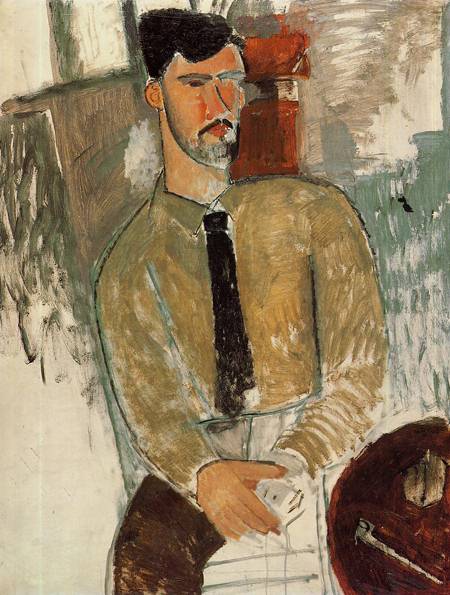Henri Laurens
Initially Laurens’ formal language was rigidly geometric but after 1921 he created more organic forms. At the end of the 1920s his figures -whose strength resided in their simplicity- became rounder and fuller, achieving a monumental compactness. Laurens gradually shifted further and further away from Cubism. The female figure (often from classical mythology) became his principal theme. However, his works were not narrative but were concerned with strictly plastic problems such as the ordering of forms and volumes.
As appreciation of his work grew at the end of the 1930s he was able to afford to make larger-scale bronze works. In addition to sculpture, Laurens also illustrated books including volumes of poetry for his friends. In 1949 and 1962 his work was shown in solo exhibitions at the Stedelijk Museum in Amsterdam. In 1953, a year before his death, he received the sculpture prize at the São Paolo Biennale. Laurens is buried in Montparnasse Cemetery in Paris.
